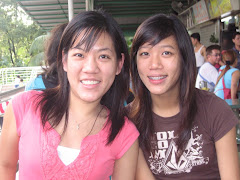 horseshoe crabs on kranji beach
horseshoe crabs on kranji beachthe tide was out in the evening and as i drove past kranji beach, i saw quite a number of people on the beach foraging for clams or mussels. decided to take a closer look at these people.
when i got closer, i found out that not all of them were digging in the sand for mussels or clams. some were casting their jala to catch fish. some of the clams hunters were armed with trowels and they wore gloves to protect their hands.
saw four horseshoe crabs on the beach. somebody must have picked them up from somewhere else and dumped them there on the beach.
although horseshoe crabs look dangerous, they are not. and they are really not crabs at all; they are distant relatives of the spider and are probably descended from the ancient order eurypterida.
they feed on clams; they also include worms and other invertebrates in their diet.
the first four of the five pairs of legs are used for walking, while the last pair, located near the gills, have leaf-like flaps that are used for pushing. (the small pincers on the last pair are also used for cleaning the gills in the abdomen). the horseshoe crab has two pairs of eyes.
males can be distinguished by the first pair of legs which are heavier than those of the female.
the spike-like tail serves as a rudder, and, if the crab is flipped upside down, it may bend its abdomen at the point where it joins the main shell (carapace) and dig into the sand with the tail to support itself while it turns over.
the spike-like tail serves as a rudder, and, if the crab is flipped upside down, it may bend its abdomen at the point where it joins the main shell (carapace) and dig into the sand with the tail to support itself while it turns over.




















































